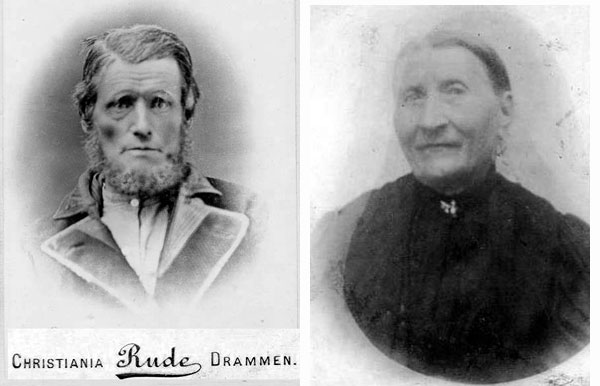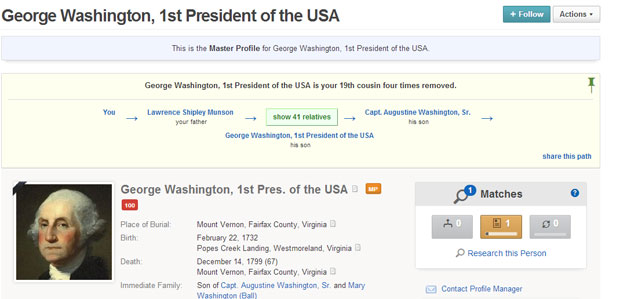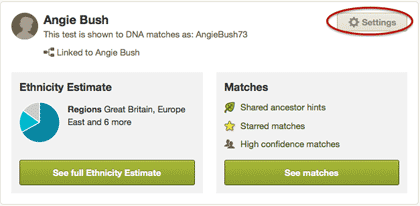The other day I got an email from Katy, a new close cousin match for my Dad at family tree DNA, a 2nd to 4th cousin. I went and looked at where she matched Dad and saw two quite large segments, 34.47 cM and 18.87 cM. So I added those segments to Dad’s master spreadsheet and saw that the smaller one overlapped an 11.9 cM match with a known 3rd cousin on my WOLD line. But he was tested only at 23andme so I could not compare them. However because I am tested at both, as well as Dad, I could use the comparison with me to determine if they matched each other (see my post on alternate triangulation) and yes we all matched. So I wrote Katy back that she looked to be related on my WOLD line and she replied oh yes, my grandmother was a Wold!
Her grandmother was the granddaughter of my great-great-grandparents whose pictures are shown above. So they are her gg-grandparents too, making us 3rd cousins and my Dad her 2nd cousin once removed. I had received these photos from another 3rd cousin some time ago. My family no longer had those pictures. One delightful thing about finding new 3rd and 4th cousins is that they often have photographs and stories of ancestors that are new to you.



